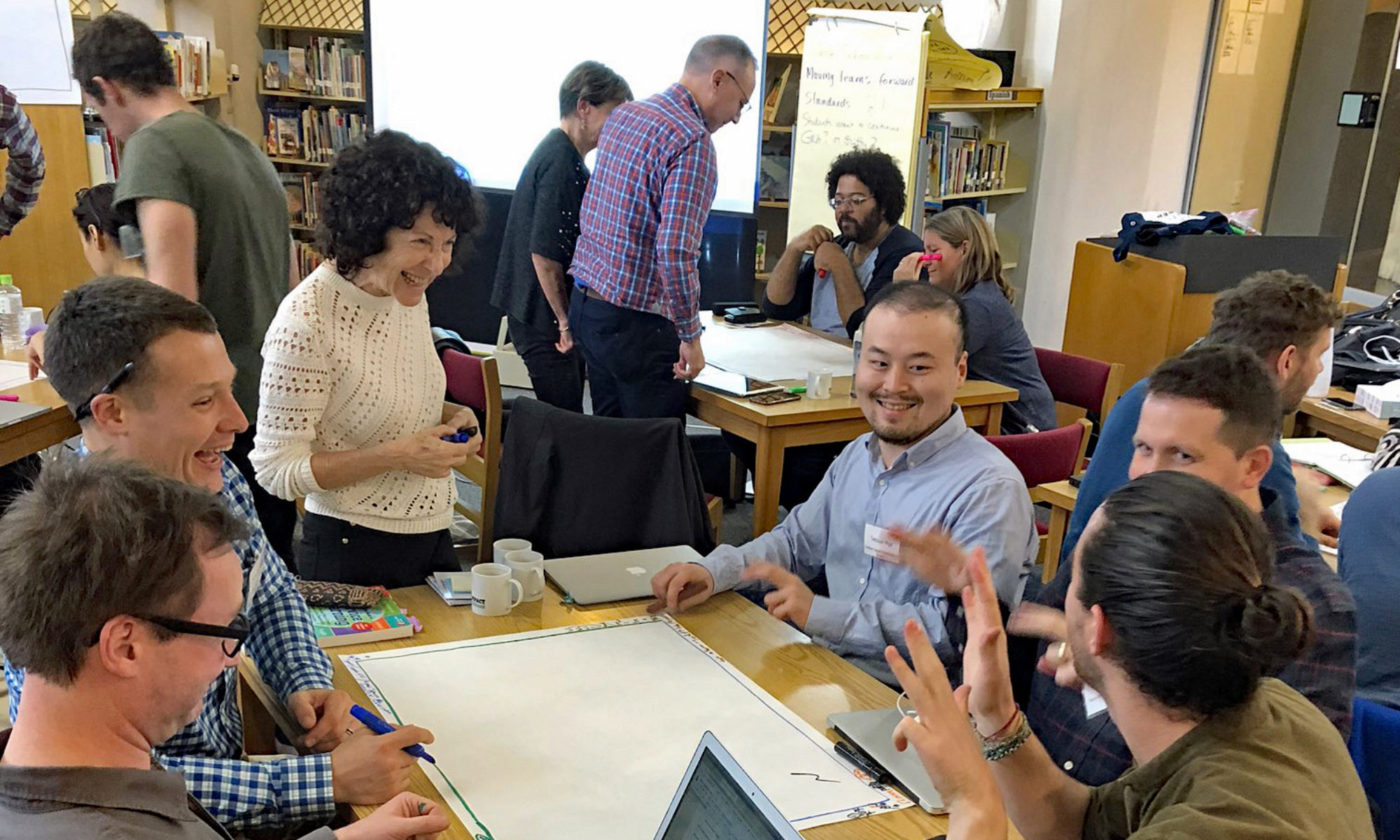I have been at schools where the entire focus of service is on drives:
Food drives – for both people and dogs/cats
Coat drives
School supply drives
Book drives
Toiletry drives
Penny drives
And likely more types than I can think of at the moment. Of course there are organizations that rely on these donations and the partnerships that are created can be meaningful and substantial. Or they can be superficial and misleading.
Years ago, I was describing this type of activity and found myself calling it “taxicab service” with the image of students transporting items from home to school – collecting and dropping off. And I wondered, if we are promoting service learning, where is the learning?
Perhaps even more important, if this is the only kind of service that youth participate in (this being indirect service), then the hidden or not so hidden message is “we can keep others at arm’s length and not be personally involved.”
In all cases of aiming for meaningful service learning, I advise following the five stages – Investigation, Preparation, Action, (ongoing) Reflection, and Demonstration. Often, and not always, drives start with the action and an announcement: Bring in cans of food and place them in a box by the office. Or the dynamic in setup as a competition which is detrimental in that it pits students against students rather than all collaborating with a common purpose and aim: to ease food access within the community. And if the receiving organization is not part of the picture, then an assortment of food that doesn’t meet the specific community needs may be gathered. Another scenario: using a canned food drive to clean out the old cans in the cupboard, some without labels, and some expired.
An educator once shared that his school was giving used textbooks to a school that was in short supply as they received bright and shiny new books to go along with their one-to-one laptops. Never mind that there was significant dated content that was inaccurate in these books.
When toiletries are collected from hotels on holiday and then donated, perhaps these can meet an immediate need for a select group. However, are we learning about people and their situations and circumstances that require this assistance? Are we reinforcing a deficit model or service learning by only considering “what’s wrong?” as opposed to an asset-based model where we also look at the strengths people have despite their circumstances, and all grow together?
I learned of a high school that was visiting a men’s shelter and saw a library filled with books. Being curious, a student asked, “Why so many books?” The director responded, “The men tire of watching television and spend more time reading in the evening.” The students asked if they could arrange a book club and meet and discuss books everyone has read. I always wondered who learned more in this situation.
Kindergarten children in Massachusetts visited a local food bank and charted the different kinds of foods and quantities. They learned about how food was collected and distributed. Photographs were taken and the children wrote an informative book about the organization, described how it worked, and itemized the ongoing year round support needed to meet ongoing food insecurity. The distribution of this book significantly increased the amount of food received and ensured the kinds of food were collected.
Students at an international school in Tanzania read a book written by local girls in a nearby school, describing their lives – challenges and joys. They asked if they could meet the authors. A visit brought mutual learning as they exchanged experiences through interviews and games. When the visiting students saw the lack of books at the school, they all collaborated together to design a book drive to ensure the school library was better equipped to move towards educational equity.
In Cincinnati, after attending one of my workshops, a teacher returned to her high school class with quote cards. If you have ever been to my in person workshops, you know that my business cards have 60 different quotes on the back, and I use them for interactions and to stimulate service learning ideas. While the teacher was using these for interactions, a coat drive was happening at the school. Another “taxicab” situation which the teacher said later was annual and never really engaged the kids. However, this year a student had an idea: transfer the quote cards onto fabric and sew a quote in each coat creating “quote coats.” According to the teacher, this was transformational. The students took each coat and really thought about who would wear the coat, the age, and how it may be worn. They took their time to select the right quote for each coat. And then the students wanted to be part of the coat distribution.

Book drives can be extremely dynamic, a wonderful opportunity to discuss child development and what books are good for what ages. And what to do with a used book that is too worn. How wonderful to sit with a child and read a book and then gift it to them, and perhaps write a book together that can be given to another child.
Students in Warsaw raised money for children who had chronic illness. Probably through another bake sale. During a consultation with their teachers I simply asked, “What interests, skills and talents could these sixth graders share?” The ideas were astounding! And then they asked their students! They had wanted to connect – but didn’t know this was possible! They made friendship bracelets, exchanged postcards, and made short videos of original stories.
More and more I see service learning as building mutually valued relationships. When we pause to consider how taxicab service can be transformed, we elevate everyone involved and grow meaningful reciprocal relationships for all.
Cathryn Berger Kaye, M.A.
CBK Associates
